The pawpa business
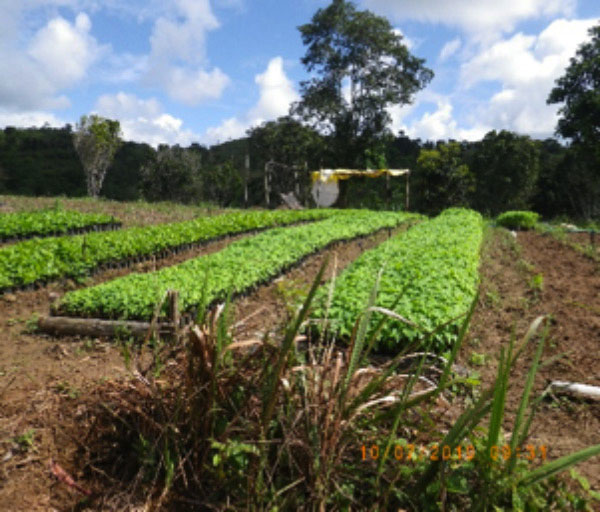
Growing pawpaw is very profitable. In our case, by planting it in husbandry with limes, it was a success: leaf spraying and pest control are almost identical for both crops.
Unfortunately, this can be done for the first three years only, as the limes then start producing and spraying and must abide to MRL limitations. Synchronizing intervention becomes difficult and dangerous. On the fourth year, impossible. Sometimes we can only spray one month before harvesting, and this becomes critical for the pawpaw.
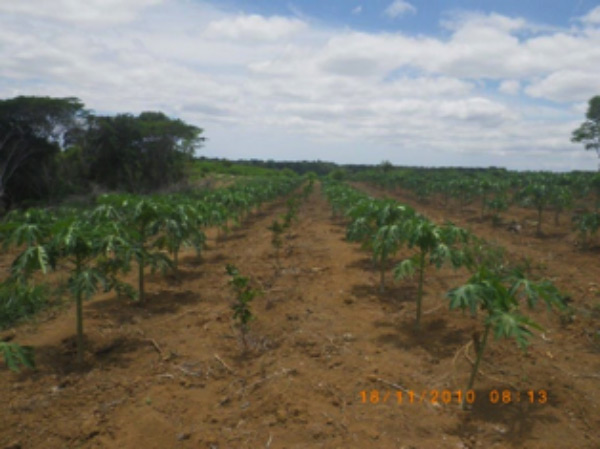
Sadly, we stopped even before such issues crumpled our production: one has to consider that one hectare can produce up to 160 tons of fruit and the market is close! It is 68km away and Salvador buys everything we can produce! Prices too are attractive: we expected an average of R$0.60 per Kg (approximately US$0.40 per kg at the exchange rate of that year). In 2011 we hit R$1.12 per kg! That was a BIG bonus that year!
We stopped the practice in 2013. In 2014, on the occasion of planting Peralba Sucupira, we considered planting in husbandry again, but we balked, as we adopted a super dense method for the limes and we were weary of possible ill effects in such a new environment.

We will wait for 2018. We already looked at several areas where we can plant this crop away from other produces and concentrate to obtaining bigger quantities… we even thought of buying a neighbors land to this end… we shall see. As we grow and consolidate the limes and coffee, we‘ll have the time and resources to do a serious business out of the papayas.
The passion fruit business
 The maracujá replicates the rationale of the papaw: a culture of easy handing, low cost and high profit (particularly when there is a draught and our microclimate protects us from it being ravaged.
The maracujá replicates the rationale of the papaw: a culture of easy handing, low cost and high profit (particularly when there is a draught and our microclimate protects us from it being ravaged.
Set in a commercial scale, its profitability is easily demonstrated: from one kg of selected seeds can be planted in nearly 10 hectares. Nurturing is almost nonexistent. Flower fertilization is made by hand by singing ladies. Selling prices vary from R$30 to R$60 (approximately US$20 to US$30, historically) per crate of 15kg.
Add to this a productivity of between 200 to 300 crates per hectares, and the equation becomes evident and profitable.
We are of the same mind as with the papaws: wait for the right moment and move in to industrial levels. Maybe even into a consortium with the same pawpaws … we shall see!
The watermelons and melons for export
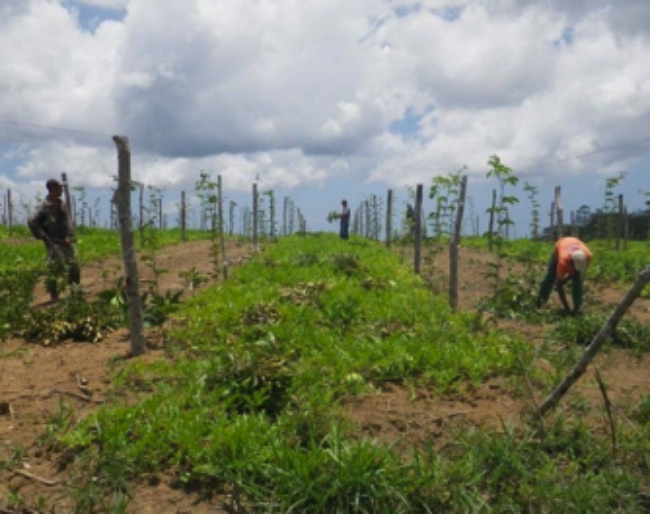
E pela terceira vez caímos nas nossas limitações e tentações: foco no negócio de limão e lavouras consorciadas… e retornos interessantes.
Depois das experiências de 2010 e 2011, até pensamos de produzir essas frutas sozinha, numa plantação separada que incorporaria facilmente os melões de exportação, mas abandonamos a ideia quando das nossas prioridades em atingir uma qualidade superior na plantação de limão em conjunto com uma produtividade superior a 30 toneladas por hectare.
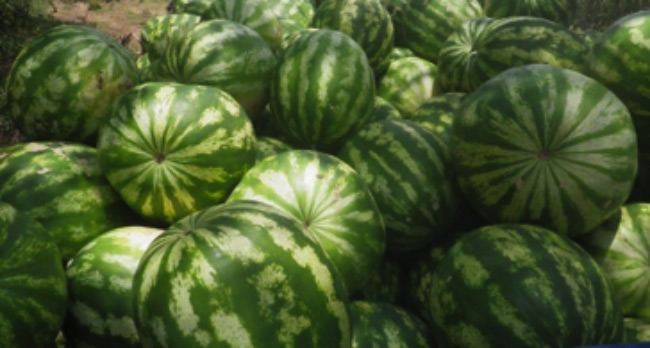
Similarly with melons for export. Our new partners asked for such a crop and would guarantee buying the whole production. The instability from South Africa was a concern for them to supply their customers.
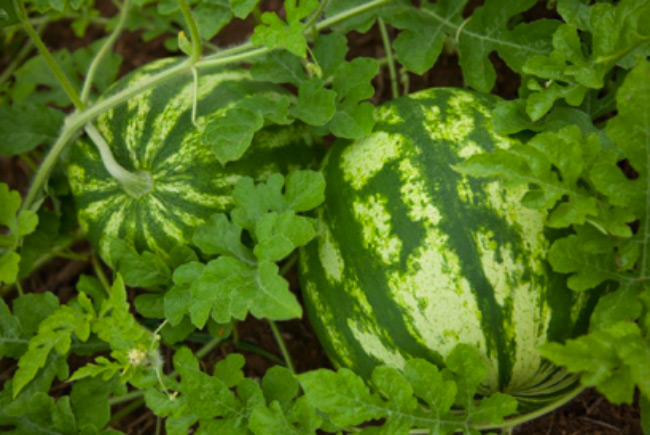
Again we limited ourselves to successful experiments in favor of maintaining our focus on limes and coffee.
With watermelons we could have continued to plant every year. Just planting in between the limes lines would produce 30 to 50 tons per hectare, but it would demand difficult handling of spraying and crop husbandry. And the pest control would soon interfere with the limes. Not so much for the coffee, but we planted 5600 coffee trees per hectares and we feared the two cultures would compete and none would grow as expected… difficult decisions. Our leader, seu Wilson, predicted up to 80 to 100 tons per hectare, and even mentioned 140 under the right conditions. The math is easy. The market is nearby… focus, focus… and so we hesitated.
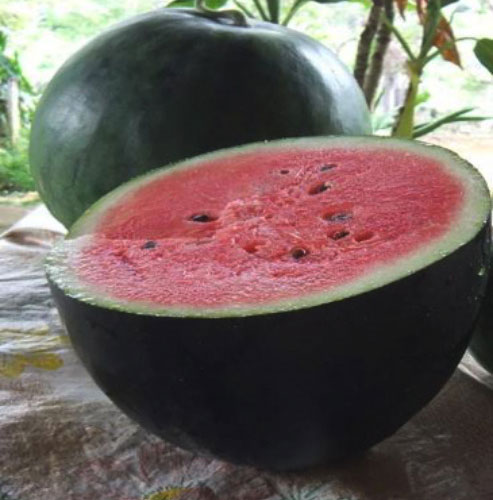
This experience was in 2009 and 10 was very favorable… and we were told we could even export to the USA. When we went back to the math, again the attractiveness appeared evident: a carton of 7 to 10 bushels of Melogold would pay between US$23 and US$25 (price in November 2015 for an 8 bushel carton).
In Europe, the similar kind, the Brazilian Queztali, would reap €0.75 to €0.85 per kg. (week 41 of 2015). Such prices would translate in US$32 for an 8 bushels carton. Allow a prudent 60 to 80 tons per hectare and the calculation is clear.
And with Mexico having weather problems the price would bring down the roof: US$58 in December 2015. It goes to show.
We have it all to make it, experience, climate, pest controls… the lot. We are watching this crop closely, avidly, for the right time to come!
The piassava business
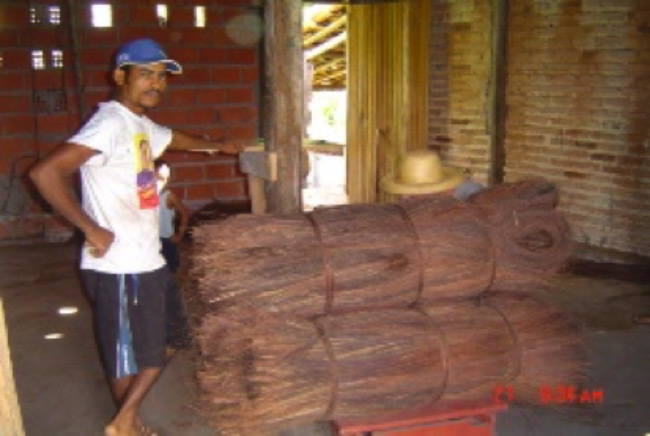
This business is easy. Seu Josias does the lot. He calls us when the itinerant buyer stops to buy (we negotiate harder than he, as he tends to be anxious to sell fast and get his cash even faster…). In 2014 we sold some 40 tons of piassava. At R$40 to R$80 per arroba, it was a small but nice income.
Our cut is not major, but we are happy with it: 20 to 30 women from the nearby village, Camassandi, tend to the preparing of the fiber for sale. The cutting crew also is not small: at any time, every 18 months and for a period of 8 months we need labor to prune and transport the palm leaves to be processed.
The highest return is really with the maintenance of a good relationship with the locals. Their goods would be translated several times when we recruited packers for the packinghouse: we had plenty of volunteer and the selection is supported by a watchful seu Josias. Nice.
The ornamental flowers business
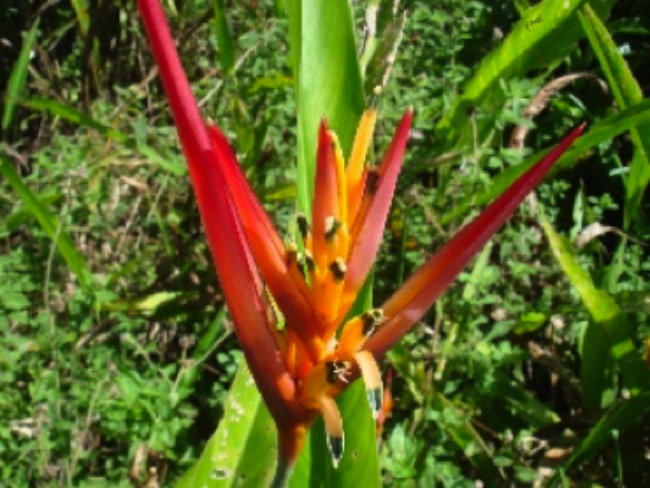
We are going to mention the growing of ornamental flowers as a potential business, on the escort of the success of the experiment of the Californian researcher. Maybe with a touch or regret and envy… or admiration.
According to him, quality and quantity achieved were exceptionally high for one simple reason: the flower was in its natural habitat, and all it needed was space and light to grow. Now we know.
The piassava business
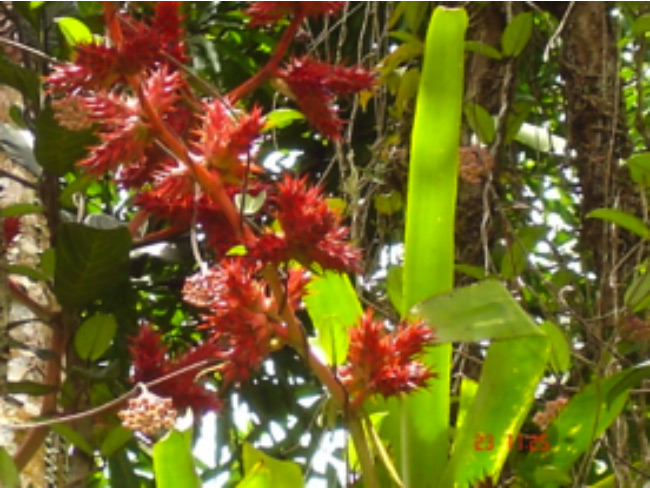
If we invest just a little (as soon as we consolidate the limes and the coffee) to understand the peculiarities of this market, we can easily set up a special team to care exclusively of this produce. The economics mentioned are so steep that we hesitate to believe them: even if we cut them by half, it still is an extraordinary business.
We shall see… as soon as we are ready…

.jpg)
.jpg)
.jpg)
.jpg)
.jpg)
.jpg)
.jpg)
.jpg)
.jpg)
.jpg)
.jpg)
.jpg)
.jpg)
.jpg)
.jpg)
.jpg)
.jpg)
.jpg)
.jpg)
.jpg)